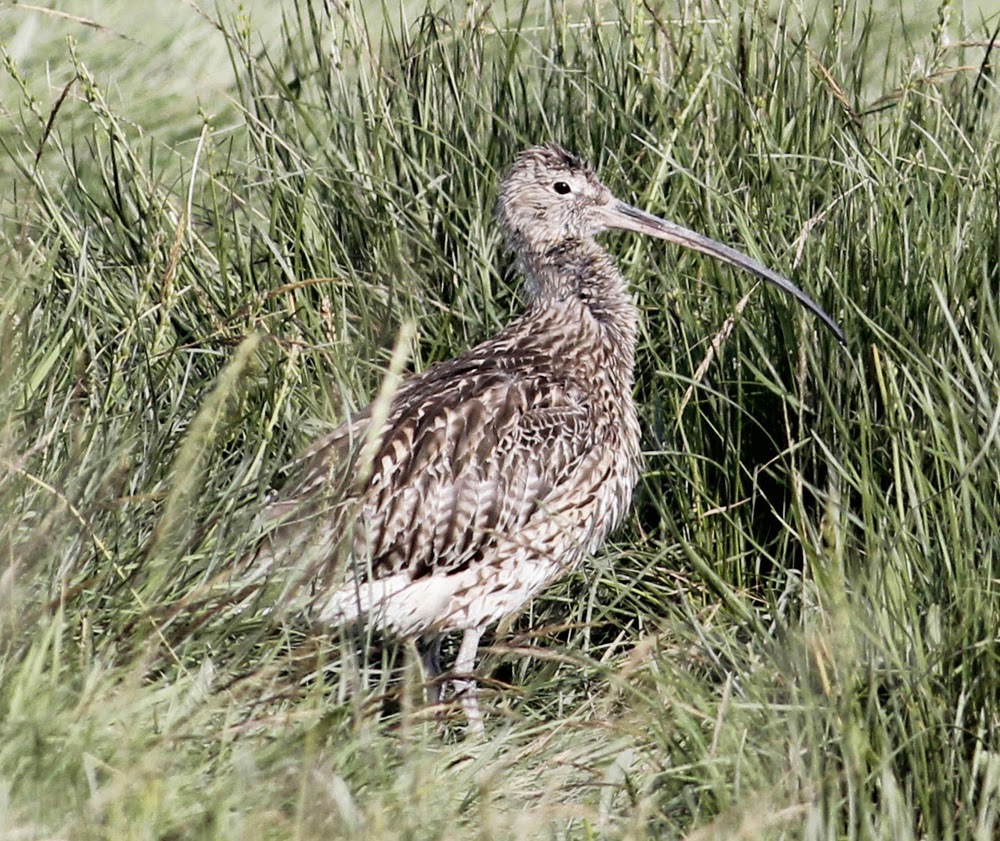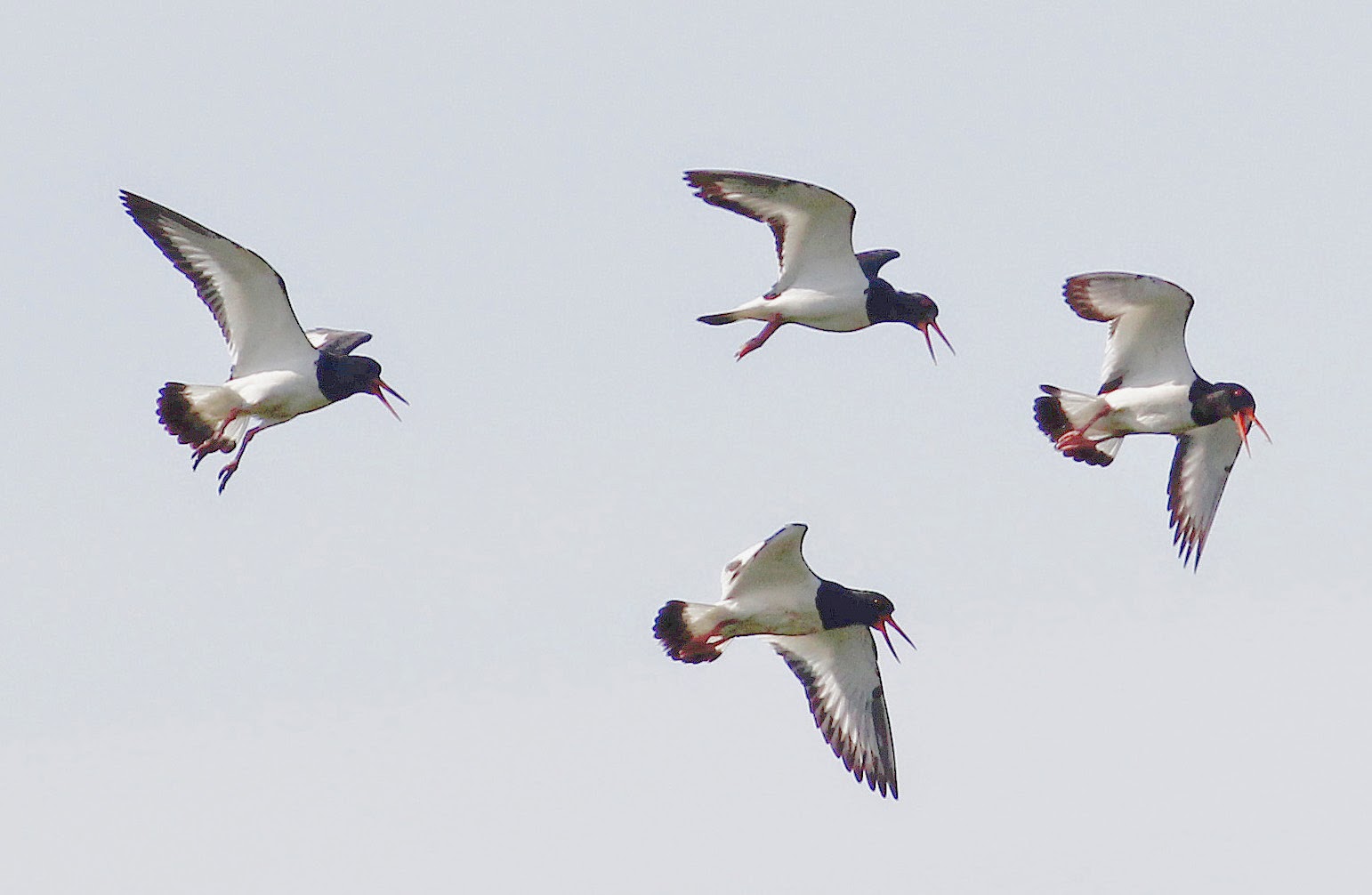Bird watchers are never entirely happy with their lot. If they don’t see birds there are several likely explanations as to why that should be. It’s mostly weather related, easily defined by constructing a phrase beginning with either “too much” or “not enough” and adding the element which caused the birding disaster - wind, sun, cloud, rain, clear, snow or ice.
Most readers will recognise the sentiment and have almost certainly used such a saying quite recently.
So I’m very philosophical about the less exciting days like today and apologies for the tortuous introduction to nothing much in the way of a post, but I’m already looking forward to tomorrow’s birding when I hope to continue the good run of late.
I made a beeline for Glasson today in the hope of nailing more Swallows. There were lots about and now it’s for certain there’s a roost nearby, perhaps in the reeds and trees which surround the yacht basin. An estimate of this morning’s numbers would be in the order of 300 Swallows and 4 Sand Martins feeding over the water until an hour or more after dawn. At times the Swallows took breaks from their feeding and perched along the handrails and ropes of a number of the many boats moored alongside the jetties. Swallows seem popular with blog readers, so here’s another.
Swallow
There is also a House Sparrow roost at Glasson with 70+ birds leaving the bowling green bushes soon after dawn. And there was me thinking that House Sparrows are now so decimated in numbers that it’s hardly worth the effort to meet up and exchange gossip. By all accounts this glorious summer is going to be an outstanding breeding season too, maybe even for the humble Spodger.
House Sparrow
One Grey Wagtail in the area of the lock gates, 2 Pied Wagtail, 5 Tufted Duck on the water and a Common Tern fishing the dock water before flying off with the trophy.
Common Tern
There was no variation at Conder Green except for 3 Snipe. Otherwise as you were with 5 Common Sandpiper, 1 Greenshank, 1 Spotted Redshank, 15 Tufted Duck and the other Common Tern.
Things were so subdued that I decided to try my luck at Knott End and the incoming tide.
Best I could do here was 380 Oystercatchers, 1 Ringed Plover and 1 Lapwing on the beach. Up river I found 3 Pied Wagtails and 1 Grey Heron.
Oystercatchers
Back home there were a few chores to complete with time to reflect the fact that in the grand scheme of birds and bird watching, the busy days far outnumber the quiet ones.














































.jpeg)












.jpg)












